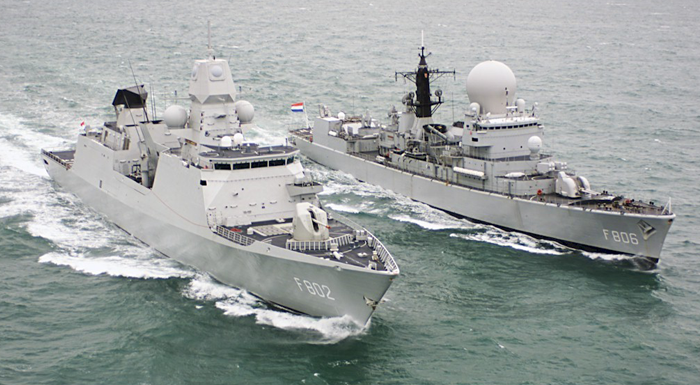
Watertight compartments are vital to ship stability and the protection of human life, equipment and the marine environment in cases of hull damage after e.g. collision or grounding. The number of openings in watertight bulkheads on passenger ships is to be kept to a minimum in accordance with SOLAS regulation II-1/13.1.
In this blog I will outline the importance, operation and the categories of watertight doors.
The importance of watertight doors
The importance of watertight doors needs to be clearly understood, because of the consequences it might have. Especially during collision or grounding of the ship, structural damages might occur. Eventually, watertight doors will not be able to close. The risk of flooding after such incidents will increase if watertight doors door are either left open or are unable to be closed.
In cases of extensive structural damage, the ship might be flooded with water. The rate of water ingress, which depends on the size of the damaged opening and the water pressure, can quickly flood a compartment. It is therefore essential that a ship has sufficient survivability in case of damage, keeping in mind that when adjacent watertight doors are open, several compartments may be flooded as watertight doors have up to 60 seconds to close per SOLAS regulation II-1/13.5..
The operation of watertight doors
Electrically- or pneumatically-operated watertight doors are designed to be remotely and automatically closed in a short period of time with a force which is sufficient to overcome not only the weight of the door but also water flowing through its opening. The operation of watertight doors involves possible dangers to people passing through a closing door and injury or loss of life is likely to occur to anyone trapped in the door's path. Therefore, an audible alarm has to be be installed and will sound before the door starts moving, and continues sounding while the door is in motion. The intention of such a door is to reduce the risks of injury and loss of life.
Categories of watertight doors
Watertight doors are divided into 4 categories, type A, type B, type C and type D. These categories reflect on how each type of door should be operated during navigation:
- Type A: This type of doors may be left open and are to be closed only during an emergency;
- Type B: This type of watertight doors should be closed and are made to remain open only when personnel are working in the adjacent compartment;
- Type C: This type of watertight doors is to be kept closed all the time. It may be opened only for sufficient time when personnel are passing through the door compartment;
- Type D: This type of doors that shall be closed before the voyage commences and shall be kept closed at all times.
It depends on the daily operations on the structure which door to install in specific areas. A clear outline of operations should therefore be made in order to decide before manufacturing which doors are needed in which areas.
Download our eBook to get to know more about fire and blast rated doors now!







